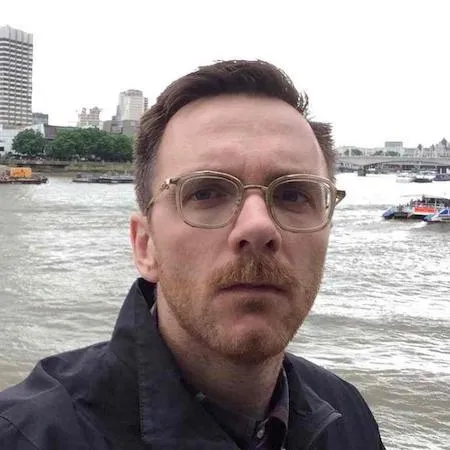This paper interrogates the current maximalist construction of the Antonine plague (156/65-182/89 CE). This second-century pandemic has long divided scholars. Some question its alleged mortality, vastness and singularity, while others argue that the plague was a demographic turning point, killing 10-25 million people and bringing to an end the Pax Romana, a long period of Roman prosperity. In the continuing debate, a concurrent crisis in the imperial province of Aegyptus (Egypt) and the plague’s smallpox (VARV) diagnosis have emerged as decisive issues. This paper analyzes both the crisis and the diagnosis and argues that neither can function, like they currently do, to uphold the claim that the Antonine plague was a momentous event. The paper then takes a step back to consider both the common building blocks that underlay allegedly big pandemics of the past and also the role vast historical disease outbreaks play and have played in the academy.
Presenters

Tim Newfield
Dr. Tim Newfield is an environmental historian and historical epidemiologist. After defending his doctoral thesis in History and Classical Studies at McGill University in 2011, he held postdoctoral fellowships at the universities of Michigan (History), Stirling (Centre for Environment, Heritage and Policy) and Princeton (History & the Environmental Institute). He teaches environmental, medical and medieval history, and most recently has led seminars on the history of Yersinia pestis (from the Neolithic to 2019) and the global history of infectious diseases. Tim joined Georgetown University as...

Tim Newfield
Dr. Tim Newfield is an environmental historian and historical epidemiologist. After defending his doctoral thesis in History and Classical Studies at McGill University in 2011, he held postdoctoral fellowships at the universities of Michigan (History), Stirling (Centre for Environment, Heritage and Policy) and Princeton (History & the Environmental Institute). He teaches environmental, medical and medieval history, and most recently has led seminars on the history of Yersinia pestis (from the Neolithic to 2019) and the global history of infectious diseases. Tim joined Georgetown University as an Assistant Professor in History and Biology in Spring 2017.